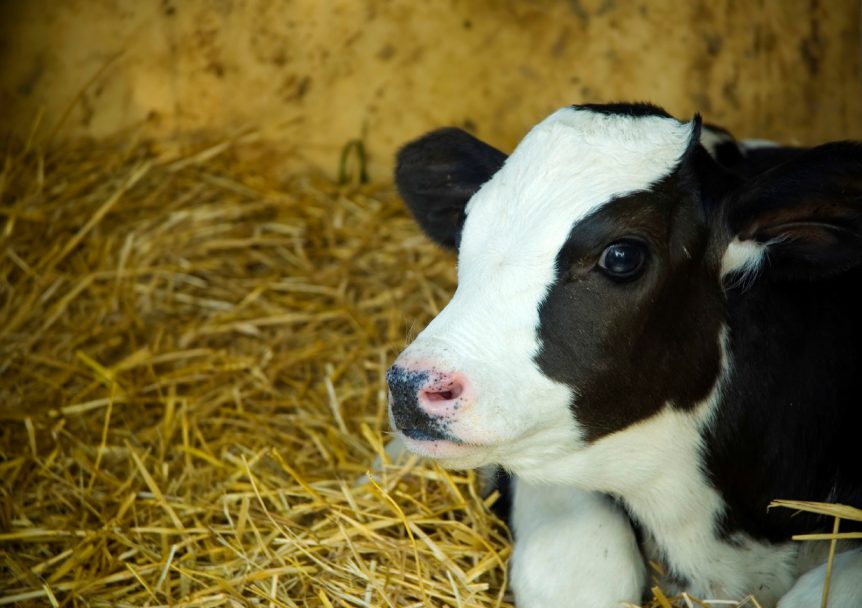Question: I want to increase the weight of my heifers at mating, and as a starting point I want to get them to weaning at 100 kilograms earlier. Do you have any suggestions for increasing growth rate in the early stages?
Answer: The key areas to focus on are environment, immunity, water, feed quality and rumen development.
Any disease challenge will knock growth rates, and the extent of this knock will depend on the calf’s ability to defend itself against pathogens (infectious diseases). The environment in which cows calve down, the cleanliness of calf pens and feeding equipment and ventilation of the rearing shed all impact on the level of disease risk. These are areas we can tackle with care, attention and a good sterilant.
Whilst we can reduce the risk of disease risk, we cannot remove it because factors outside our control, such as season, weather and climate, also have an effect. We therefore need to boost the calf’s immunity as much as possible to minimise the impact of environmental pathogens. This starts with good feeding of the cows in late pregnancy, including plenty of trace minerals (the important role of selenium in calf immunity was covered last month).
The next step is to ensure that each calf gets a good drink of colostrum (at least 2 litres, and more for bigger calves) in the critical first 6 hours of life. This needs to be colostrum either direct from the calf’s own mother or pooled colostrum from all cows calving on that day. The first colostrum from fresh calved cows is of much higher quality than colostrum produced a few days later.
Probiotics (beneficial gut bacteria), which optimise gut health and aid digestion, will help to give calves a good start. A probiotic paste, such as Acid-Pak 4-Way® WS 2X, can be given when the calf has its first feed of colostrum, to optimise utilisation of this important first feed.
There is no one feeding program or weaning age which is best for all situations. What is most important is how well the selected feeding program is managed. Feed quality and quantity both affect growth rate and it is well worth paying a bit extra for a high-quality, palatable calf feed.
Rumen development is another important area. Initially long fibre, such as hay or straw, was believed to be the major factor responsible for encouraging rumen development, but carbohydrates such as cereal starch are now known to play an important role.
As well as growing the physical rumen, it is equally important to grow the rumen microbes. Live yeasts such as Yea-Sacc® can help here. Yea-Sacc stimulates the growth of fibre digesting bacteria in the rumen, so it helps calves adapt to fibre (such as hay, straw and pasture) in the diet.
There are some good natural products on the market now for optimising gut health, with a subsequent improvement to growth rate. Calf rearing units with a low health status have a potentially greater response.
Water is very important; any depression in water intake due to availability or cleanliness of the water will result in a drop in feed intake and a subsequent reduction in growth rate.
Finally, if you want well-grown heifers, you need to continue feeding them well after weaning and pay attention to animal health issues such as minerals, parasite control and facial eczema.
For further information on Alltech Lienert and/or Bioplex® minerals, visit our mineral management page or contact your local Alltech Lienert representative by phone on 1800 649 231.

